Mention the Regency era, and most readers think of either Jane Austen’s pastoral towns, rich with the pleasures of matchmaking, flirting and Netherfield-style balls at country estates, or the sumptuous swirl of the Season in London, where gossip and scandal went hand in hand with the aristocratic ladies and gentlemen who waltzed through the glittering ballrooms of Mayfair.
Both enclaves represent an alluring slice of Regency life, but they don’t reflect the full richness, complexity and rebellion of the era. It was an exciting, tumultuous time—most historians consider it the birth of the modern world. But first of all, let’s begin by defining the Regency. The term refers to the madness of King George, III and the fact that his oldest son served as the Prince Regent while his father was incapacitated. Though George III died in 1820, the Regency is usually defined as running from 1800 to 1838, when the Prince Regent, who became George IV, died and Queen Victoria came to the throne.
I love the Regency Era because it was all about challenging old preconceptions. Radical new ideas were clashing with the conventional thinking of the past. People were questioning the fundamentals of society, and as a result they were fomenting changes in every aspect of life. Politics, art, music, science, social rules—the world was turning upside down!
Romanticism was taking hold, bringing a new wave of individual expression and creativity. Beethoven was composing emotional symphonies, Byron was penning wildly romantic poetry, Turner was dabbling in impressionistic watercolors and Mary Wollstonecraft was writing the first feminist manifestos. Technology was disrupting everyday life as the Industrial Revolution began cranking into high gear. Interest in science was exploding as people were suddenly wanting to understand the world around them and how it worked. And as we uncover more and more fascinating stories from the shadows of history, we learning that women of the era were a big part of this new intellectual curiosity and willingness to challenge the traditional boundaries.
I used these “modern” women, who dared to use their intellect and talents to break the rules and follow their passions, as inspiration for Charlotte Sloane, one of the main protagonists in my Wrexford & Sloane Regency mystery series. Charlotte is a satirical cartoonist, and in the Regency, these artists were the sharp-eyed and sharp-tongued social commentators—the equivalent of Trevor Noah, Jimmy Kimmel, and Saturday Night Live. They poked fun at the high and mighty and lambasted the political leaders, skewering their foibles and making public their scandals. The public looked to them to see what was REALLY going on in society. In my books, Charlotte’s network for learning all the hidden secrets in London proves invaluable when she’s drawn into solving a crime. She uses her imagination and artistic eye to see what others miss . . .
Inspiration is easy to find as the Regency offers a wealth of extraordinary real-life women. From art and literature to mathematics and natural sciences to adventure and travel around the world, here are six rebels whose grit, intelligence, and ability to think outside the box show how the Regency is a perfect era in which to set a strong, smart female sleuth.

Ada Byron King, Countess of Lovelace
Ada Lovelace was the daughter of the famous “bad boy” poet, Lord Byron, though she never knew her father as her parents separated soon after her birth. As a child, Ada showed a remarkable talent for mathematics, and at age twelve she dreamed of building a mechanical steam-powered flying horse and soaring through the heavens. By age eighteen, the scientific world recognized her as a genius with numbers.
After her marriage to William King, later the Earl of Lovelace, Ada worked with Charles Babbage, the famous inventor of the Difference Engine and Analytical Engine, precursors of the modern computer. They brainstormed together on mathematical problems, and Babbage called her “the Enchantress of Numbers.” Indeed, Ada’s notes on calculating sequences of Bernoulli numbers on the machine is credited with being the first computer program. Today, the U. S. Department of Defense has named one of its programs ADA in her honor.
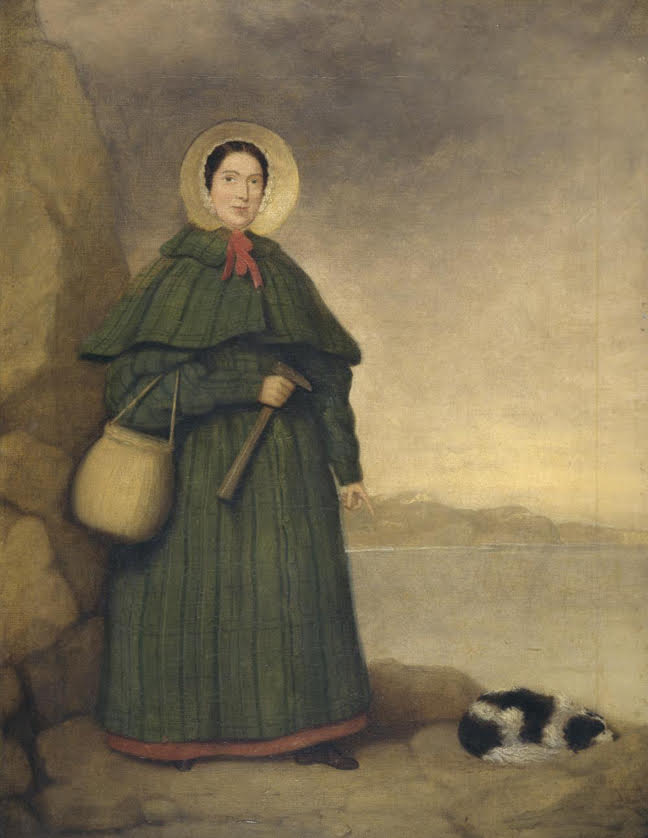
Mary Anning
Mary began digging up fossils from the sea cliffs around her home in Lyme Regis at age twelve to help support her family. Collecting had become popular among wealthy tourists, and Anna showed an uncanny knack for finding spectacular specimens. Her interest soon became intellectual as well as financial. Fascinated by the extraordinary wealth of life forms preserved in the stones, she began carefully preserving and cataloguing her finds.
Mary’s shop became known throughout the scientific world. As she gained confidence in her knowledge, she began writing articles for scientific journals, and despite her lack of formal training, she is considered one of the pioneers in paleontology. (Among other things, Mary is credited with discovering an ichthyosaurus and a pterodactyl.) The Royal Geological Society eventually recognized her accomplishments by making her an honorary Fellow. (Mary Anning appears as a main character in Tracy Chevalier’s historical novel, Remarkable Creatures.)
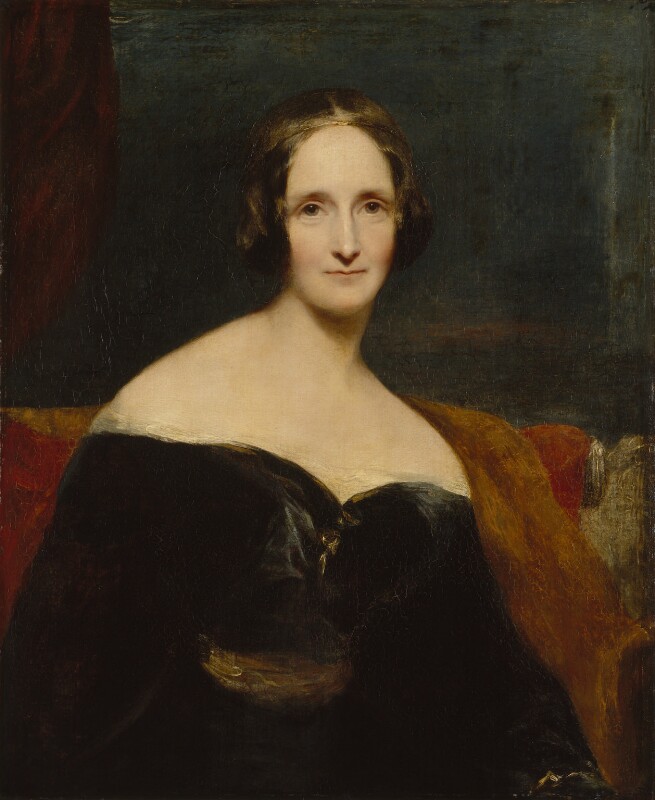
Mary Shelley
Mary was born to be a hellion rebel. Her mother was Mary Wollstonecraft, the writer and philosopher who penned A Vindication of the Rights of Woman, considered one of the first feminist treatises. And her father, William Godwin, was also a philosopher and had equally radical notions about society. Mary received a broad-minded education and was encouraged to think for herself.
Spirited and headstrong, she fell in love at age sixteen with the famous poet, Percy Bysshe Shelley, who was married, and they eloped to Europe. (They later married on the death of his first wife.) Mary devoted herself to writing as well. She penned her most famous work while summering on Lake Geneva with her husband and Lord Byron. In Frankenstein, she displayed a fearless imagination and a keen understanding of human nature, qualities which have made it a classic in English literature.
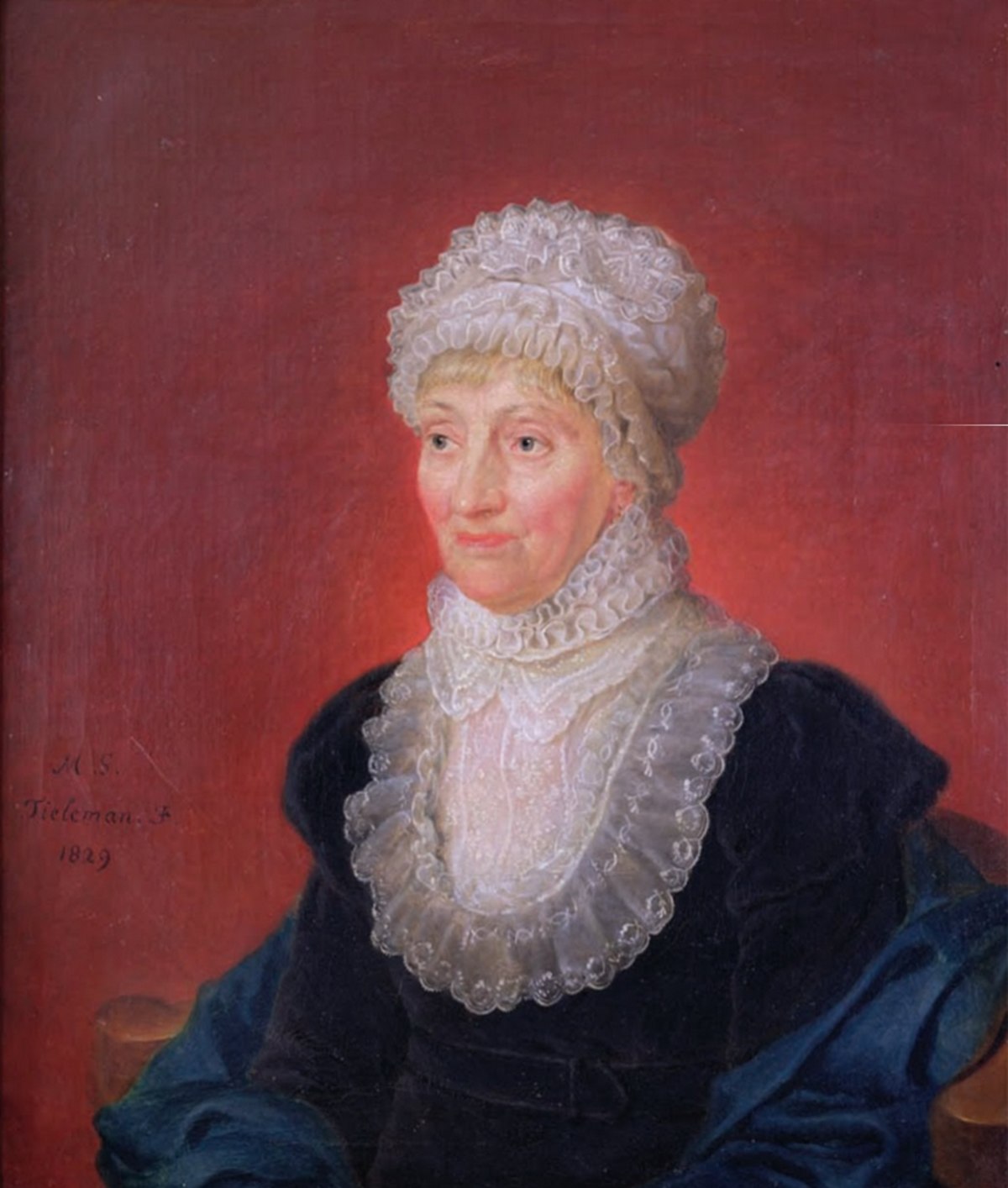
Caroline Herschel
Caroline was a tiny woman but she looms large in the history of astronomy. Born in Germany, she came to England to keep house for her brother, William, who had been appointed King’s Astronomer to George III. They moved to the Observatory House near Slough, and Caroline soon began helping him build powerful lenses and learned to “sweep” the skies with their telescopes, studying the stars and helping to record the complex calculations of their observations.
William is credited with discovering the planet Uranus but Caroline earned her own place in the scientific firmament by discovering no less than eight major comets and meticulously cataloguing countless stars. In 1828, Caroline was awarded a gold medal from the Royal Astronomical Society for her work.
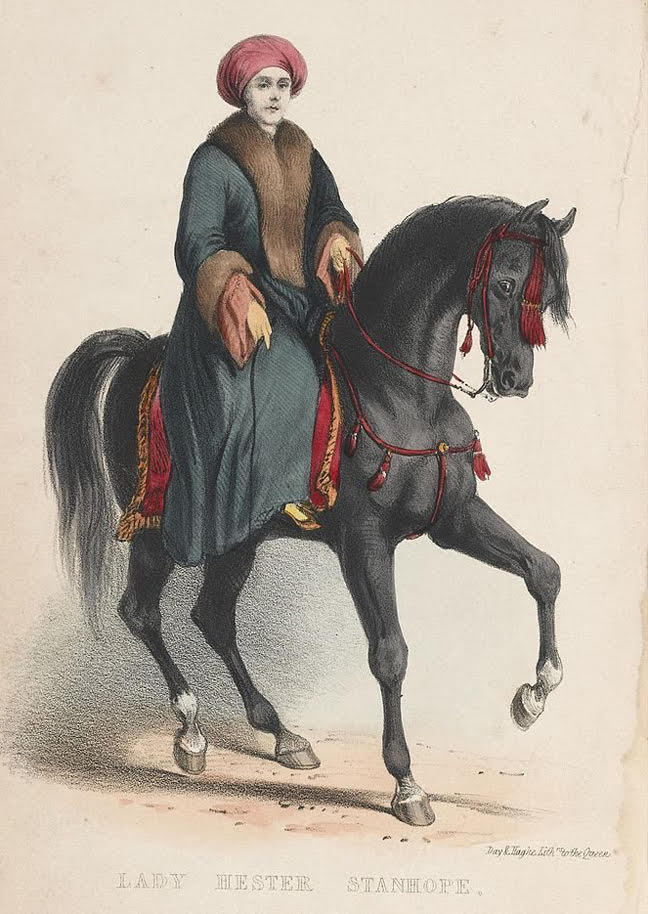
Lady Hester Stanhope
Hester, the daughter of an earl, lived an early life within the privileged world of the aristocracy. As a young woman, she went to live with her bachelor uncle, William Pitt the Younger, who was Britain’s prime minister, and served as his social hostess. Her beauty, poise and wit charmed the beau monde, and her cleverness caused Pitt to ask her to serve as his private secretary.
When Pitt died, Hester turned her back on a life of leisure and convention, and chose to embark on an adventurous journey to the Middle East, where she became fascinated by ancient history. After studying old documents, her curiosity led her to explore historical sites, and she’s credited with doing the first archeological excavation in Palestine. Her exploits became legendary—she refused to wear a veil and dressed in men’s trousers and flowing robes—and her devil-may-care sense of adventure and curiosity made her an international celebrity.
And lastly . . .
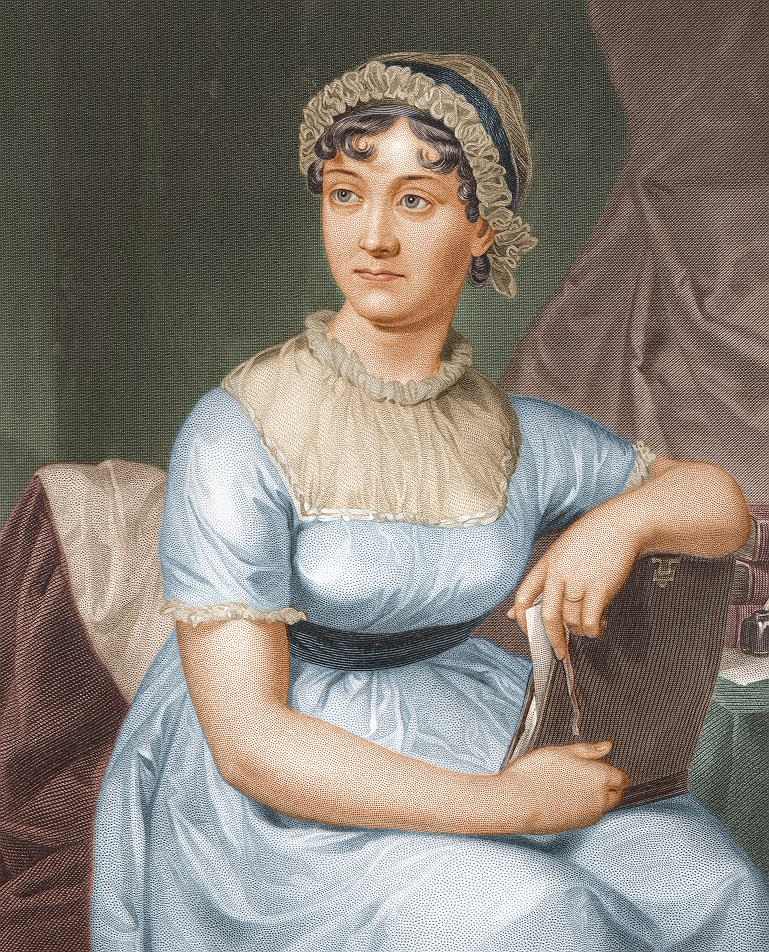
Jane Austen
Jane possessed a remarkable talent for observation and understanding the foibles of human nature. I’d say she’s the perfect inspiration for a Regency sleuth. . . but Stephanie Barron has already beat me to it by penning a delightful historical mystery series starring the indomitable Jane!

















